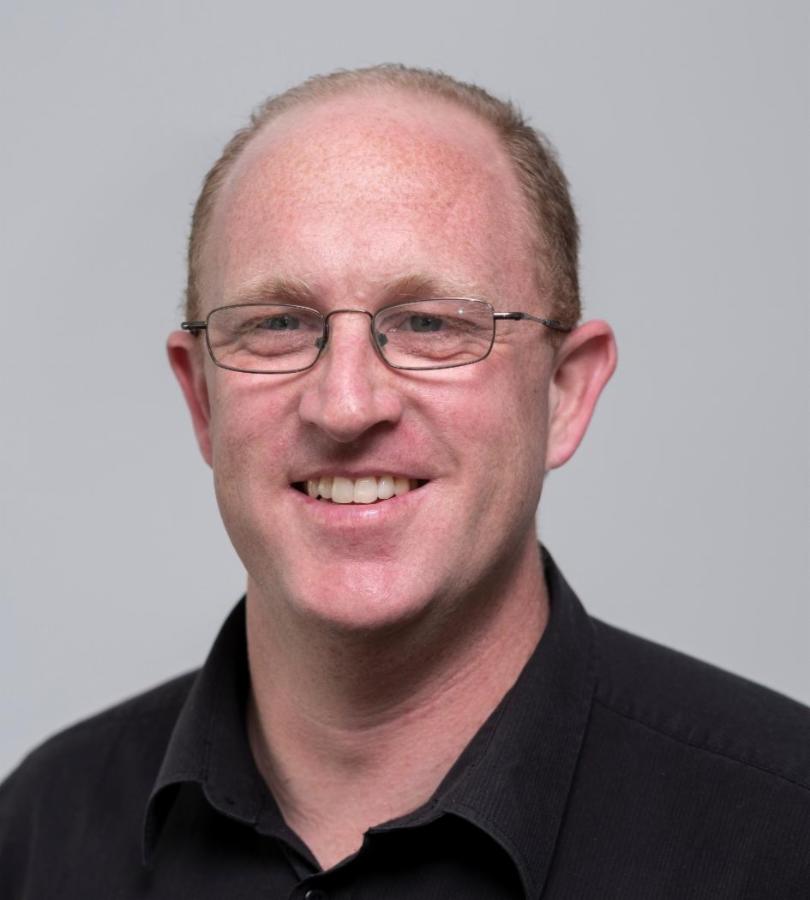Key UC Contact
What We Did
After an earthquake in 2011, most buildings in central Christchurch remained standing. However, many sustained damage and were demolished in the months and years that followed. To replace them, a team of the UC researchers suggested solutions that challenge conventional design and construction wisdom, with a view to increase resilience of buildings within the rebuild. Prof Geoff Rodgers, who gained his PhD in 2009, had started this exploration when working on his Final Year Project during his last year of study at the University of Canterbury. In collaboration with Dist Prof Geoff Chase, Prof Geoff Rodgers designed novel dampers that not only absorb energy to prevent building damage during an earthquake, they do not need to be replaced or reset after a large earthquake, eliminating downtime and interruption in the building’s use. Both aspects are critical to significantly mitigate the direct and indirect economic impacts of earthquakes. These dampers use the reversible extrusion of lead to absorb and dissipate energy, and have been used in the new Forté Health specialist hospital in Kilmore Street in Christchurch, one of the first major buildings in the Christchurch rebuild. They are used in an increasingly common low-damage ‘rocking-wall’ design. Forté Health is the first building to use these innovative dampers in its construction. “We can’t modify the way the ground shakes – that’s the hand we’ve been dealt,” says Geoff. “But we can modify the way in which structures respond to that shaking.” These devices were produced locally through collaboration with the engineering industry.
Prof Geoff Rodgers has received the Cooper Award, the Royal Society Te Apārangi Early Career Research Excellence Award for Technology, Applied Science and Engineering, for developing new technology for earthquake-safe buildings that do not require repair after large earthquakes. Both Prof Geoff Rodgers and Prof Geoff Chase were awarded the University of Canterbury Innovation Medal in 2019 for their collaborative work on seismic damping devices.
Who Was Involved
These devices were produced locally through collaboration with the engineering industry partners, and implemented in the design of the Forté Health building and the new Tūranga central library in collaboration with leading New Zealand structural design firms.
Why It Matters
Demolition and replacement of buildings after earthquakes increases the economic impact and loss of economic activity as offices, stores, and work spaces are lost. Innovative low-cost devices able to protect buildings, and minimise both structural repair costs and downtime, will significantly reduce the social and economic impact of future earthquakes.
It is also important educationally, by showing the value which can be created by students of any level, and how UC Engineering student projects can have world changing impact.
Learn More
- Dr Geoffrey Rodgers | 2016 | University of Canterbury
- www.fortehealth.co.nz/about/
- Rodgers, G. W., Chase, J. G., Mander, J. B. Leach, N. C. & Denmead, C. S. (2007). “Experimental development, tradeoff analysis and design implementation of high force-to-volume damping technology,” Bulletin of the New Zealand Society for Earthquake Engineering 40 (2), 35-4



